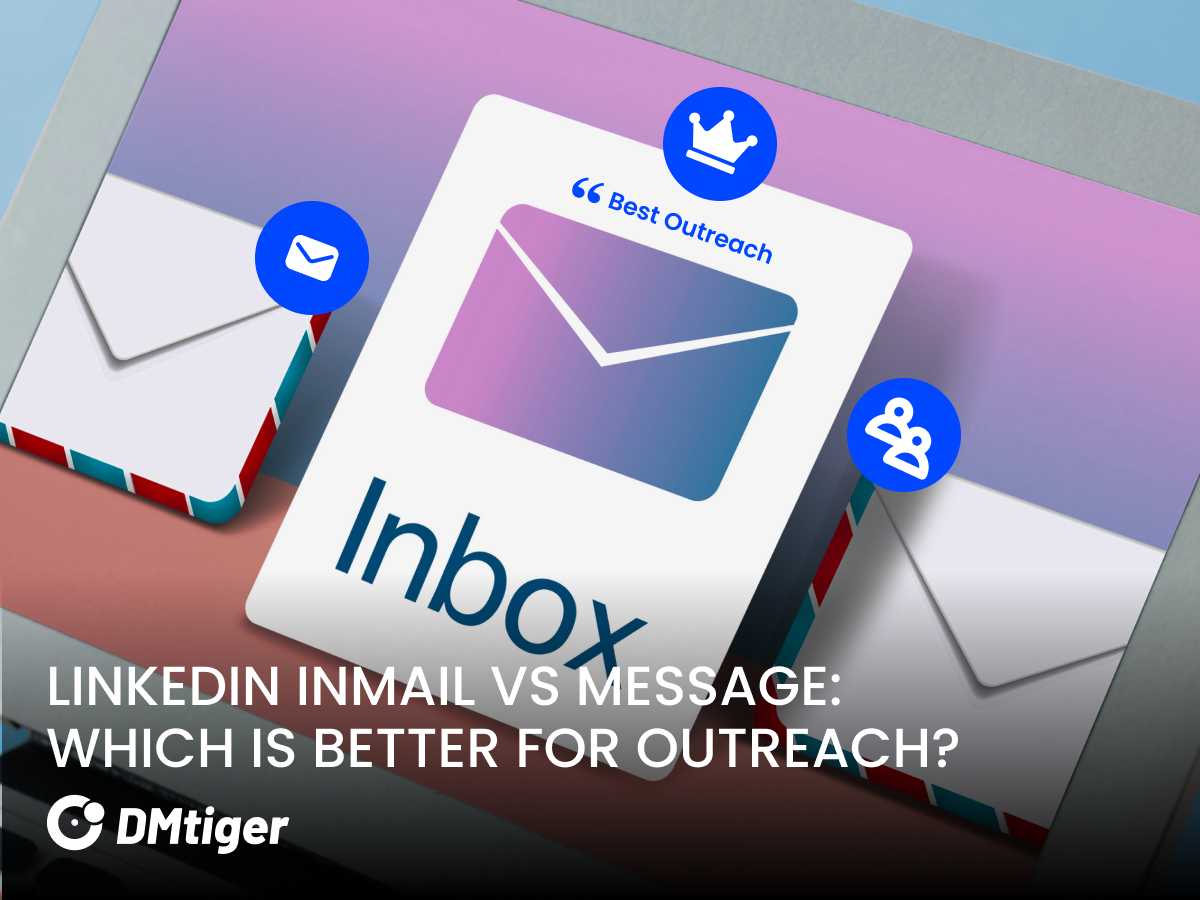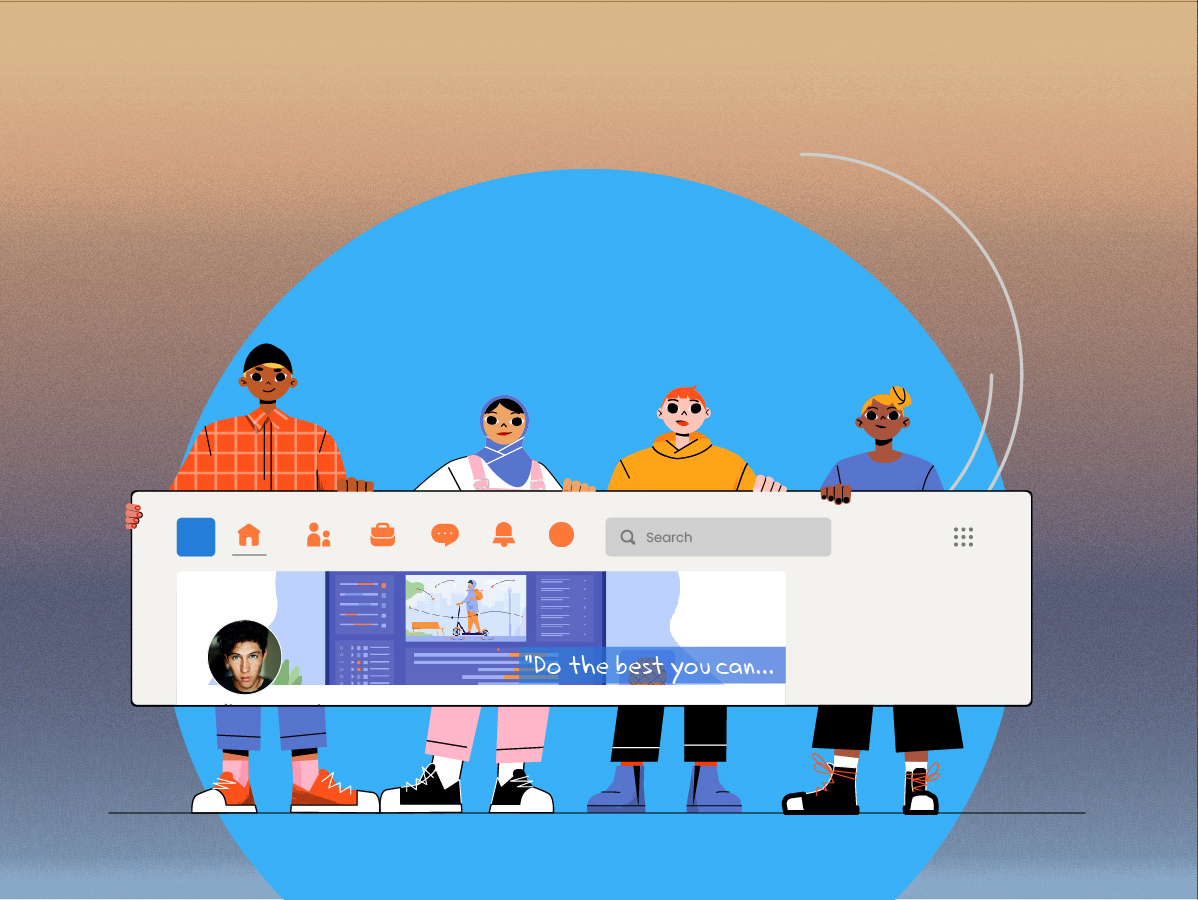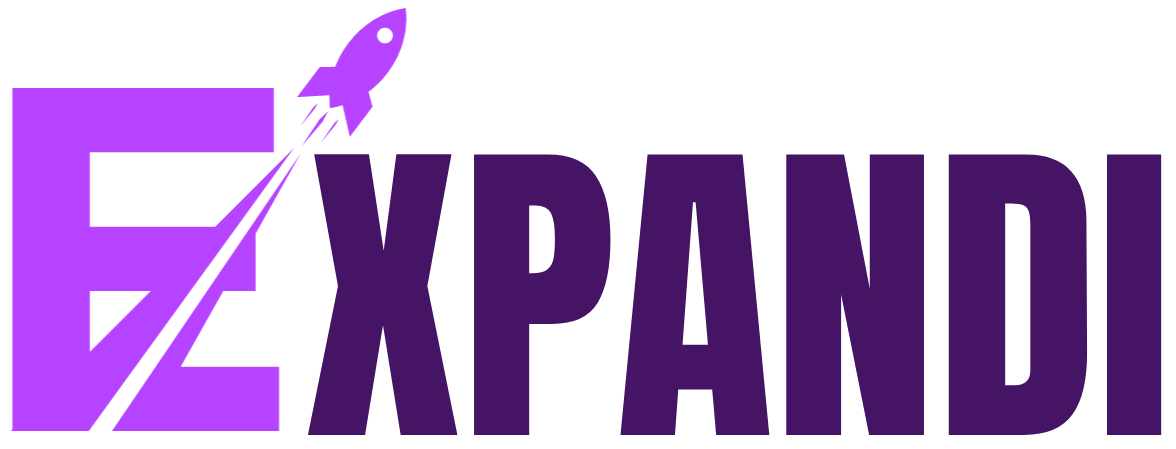LinkedIn is not a regular job portal. It is a goldmine for businesses that want to generate leads. Social Pilot states that 89% of B2B marketers use the platform for lead generation, and 62% of B2B marketers have successfully generated leads.
However, there is more than one way to engage with prospects. The platform offers two types of private messages to users. While prospecting, you must have wondered which is better for your cold outreach campaigns—LinkedIn InMail vs message?
In this article, you’ll find the answer to your question. You’ll also learn:
- What is the Difference Between LinkedIn InMail vs message
- Linkedin Inmail Vs Message: What Is Better For Outreach?
- How to use Inmail vs message for lead generation
- LinkedIn InMail Best Practices
What is the Difference Between LinkedIn InMail vs message?
The difference is that InMails can be sent to anyone, whereas regular messages are sent to 1st-degree LinkedIn connections. Additionally, InMail is a paid feature, while regular messages are free for all users.
1. InMail vs regular message
If you’ve ever received an InMail message on LinkedIn, you would have noticed the term ‘InMail’ in your inbox. This feature is not available in a regular message. Further, you can add a subject line when sending an InMail, and the recipient will receive an email notification.
However, unlike a regular massage, you can’t send follow-up messages if the recipient doesn’t reply. You’ll have to send a connection request to engage with the person.
In terms of pricing, users get InMail credits based on their account type. InMail credits refer to the number of InMail messages you can send to people you’re not connected with. Below are the number of Inmail message credits users receive:
- Premium Career: 5 credits/month
- Premium Business: 15 credits/month
- Sales Navigator Core: 50 credits/month
- Recruiter Lite: 30 credits/month
2. InMail vs connection request
A LinkedIn connection request is an invite sent to form a connection with another LinkedIn user. This allows two members to see each other’s updates and message each other directly.
If a LinkedIn member accepts your connection request, they’ll become a part of your network. Whereas with InMails, they won’t become a part of your network. Additionally, while sending a connection request, you can also add a note.
However, you will be limited to 300 characters, and the preview of the note will be limited to a few characters unless the person clicks “See more”. Another disadvantage of connection requests is that, unlike an InMail, the request won’t land in the recipient’s inbox. Instead, it will land in the connection requests tab.
At the same time, connection requests are great for building a network and personal brand.
3. InMail vs sponsored message
LinkedIn InMail and Sponsored Messages are paid features that allow users to send direct messages to other people, even if they are not connected. However, there are some key differences between the two types of messaging:
- Audience: InMails can be sent to any LinkedIn member, while Sponsored Messages are a form of LinkedIn advertising that allows you to reach a specific audience based on targeting criteria such as job title, industry, location, and more.
- Cost: InMail is included as part of a LinkedIn Premium subscription, while Sponsored Messages require an additional advertising budget.
- Features: InMail is a more basic messaging feature, while Sponsored Messages several of advanced targeting and measurement options, such as the ability to track conversion rates, demographics and other metrics.
Linkedin Inmail Vs Message: What Is Better For Outreach?
LinkedIn InMail and message are both great tools for lead generation. Hence, there is no one-size-fits-all approach.
If you are a freelancer who doesn’t want to invest in InMails, then regular messages are the way to go. You can send 10-30 cold DMs on LinkedIn every day.
However, if you’re a sales professional or recruiter, you should combine InMails and messages in your lead generation strategy.
Let’s understand how to use them in your outreach campaign.
How to use InMail vs message for lead generation?
InMail and LinkedIn messages can be a powerful combination if used wisely. However, since Premium users get access to limited InMail credits per month, it is advised to use them carefully. Moreover, InMail cost is high, so use them last.
You can send 100 connection requests per week and use InMails to follow up with people who don’t reply to your connection requests. Additionally, you can send InMails to leads of high priority.
How to use expandi for LinkedIn Outreach Campaigns?
LinkedIn is a powerful platform for finding and reaching quality prospects. However, sending InMails and connection requests is a time-consuming and painful task. Therefore, we recommend you use a LinkedIn automation tool such as expandi, which will automate your outreach campaign.
Here’s how to automate your campaign with expandi:
- Download the free chrome extension and open the dashboard.
- Select Campaign from the panel on the left-hand side.
- Click ‘Add Campaign,’ and a pop-up will appear. It will ask whether you want to create a campaign from your leads list or connections. Select the option relevant to you.
- Now, add the ‘Campaign Name’ and Event Action. You can choose from the following Event Action: follow up message, follow profile, follow company, skill endorsement, connection request, visit profile, open InMail, email, like a post.
- Next, depending on the action you choose fill in the relevant details. You can also customize the campaign flow based on your needs.
LinkedIn InMail Best Practices
Sending an InMail is easy, but sending one that gets responses is challenging. So, here are seven best practices to follow.
1. Write a good subject line
The subject line is the first thing that the recipient will notice. Hence, writing a subject line that grabs attention and makes the recipient open the message is essential.
LinkedIn allows users to add up to 200 characters in the subject line. However, in today’s attention economy, you only have a few seconds to grab the recipient’s attention. So, ensure the subject line is short, clear, and compelling.
2. Personalize the greeting
Greeting plays a crucial role in making the first impression. So, personalize the greeting to show that you have taken the time to research the recipient and that you are genuinely interested in connecting with them.
Here are a few ways to personalize the greeting in an Inmail:
- Use the recipient’s name in the greeting, such as “Hello [Name]” or “Hi [Name].”
- Mention something specific about the recipient’s profile or background, such as a shared interest or experience, to show that you have taken the time to research them.
- Reference a recent article or post that the recipient has shared. This will show that you are paying attention to their activity.
- Use a personal connection if you have one, such as “I was introduced to you by a mutual friend, [Name].”
3. Include a clear message
Many times people send InMails that don’t get responses, because the message is not clear. It’s important to have a clear message to ensure that the recipient understands the purpose and can quickly decide whether or not to respond.
Additionally, a clear message demonstrates that the sender has put thought and effort into it, which can help establish credibility and trust. Hence, you need to know the purpose of sending the InMail and the specific action you want the recipient to take.
4. Send it at the right time
The best time to send an Inmail will depend on a variety of factors, including the recipient’s schedule, time zone, and activity level on LinkedIn.
LinkedIn’s research has found that most InMail responses arrive quickly—65% responses come within a day. However, avoid Friday and Saturday as they get the lowest response rates. Monday is the best day for sending an InMail.
5. Have clear expectations
Having clear expectations in an Inmail helps ensure that the recipient understands what you are looking for and what they can expect from the interaction. This helps set the tone for the conversation and reduce any misunderstandings.
It also helps to ensure that the recipient can respond in a way that is most helpful to you, whether it’s providing information, scheduling a meeting, or connecting you with someone else.
6. Keep the word length short
LinkedIn’s research found that shorter InMails perform better than longer ones. The study found that InMails under 400 characters perform well. Also, the response rate of shorter InMails is 22% more than the average response rate.
Hence, you should keep the word length of your InMails short and concise. At the same time, you should experiment and A/B test to understand what works best for you.
7. A/B test your the InMail
A/B testing is the process of comparing two or more versions of a message, to determine which version performs better.
You can A/B test the following elements in an InMail:
- Subject line
- Audience
- Greeting
- Offer
- CTA
While A/B testing InMails, you should only change one element at a time to understand which element is affecting the result.
Wrapping Up
So, now you know the main difference between LinkedIn InMail vs message. The best way to generate leads for your business is to use both in your outreach strategy.
Since LinkedIn InMails are a paid feature and members get limited credits per month, use them as a last resort when following up with leads.
If you want to automate your LinkedIn outreach strategy, then get started with expandi today. It is a free tool that empowers users to reach 100 prospects everyday. Whether you are a salesperson, recruiter, startup owner, or freelancer you can use expandi to build a qualified lead pipeline. The onboarding process is also seamless and simple. Just download the chrome extension and start your lead generation campaign today. Try expandi for free!








